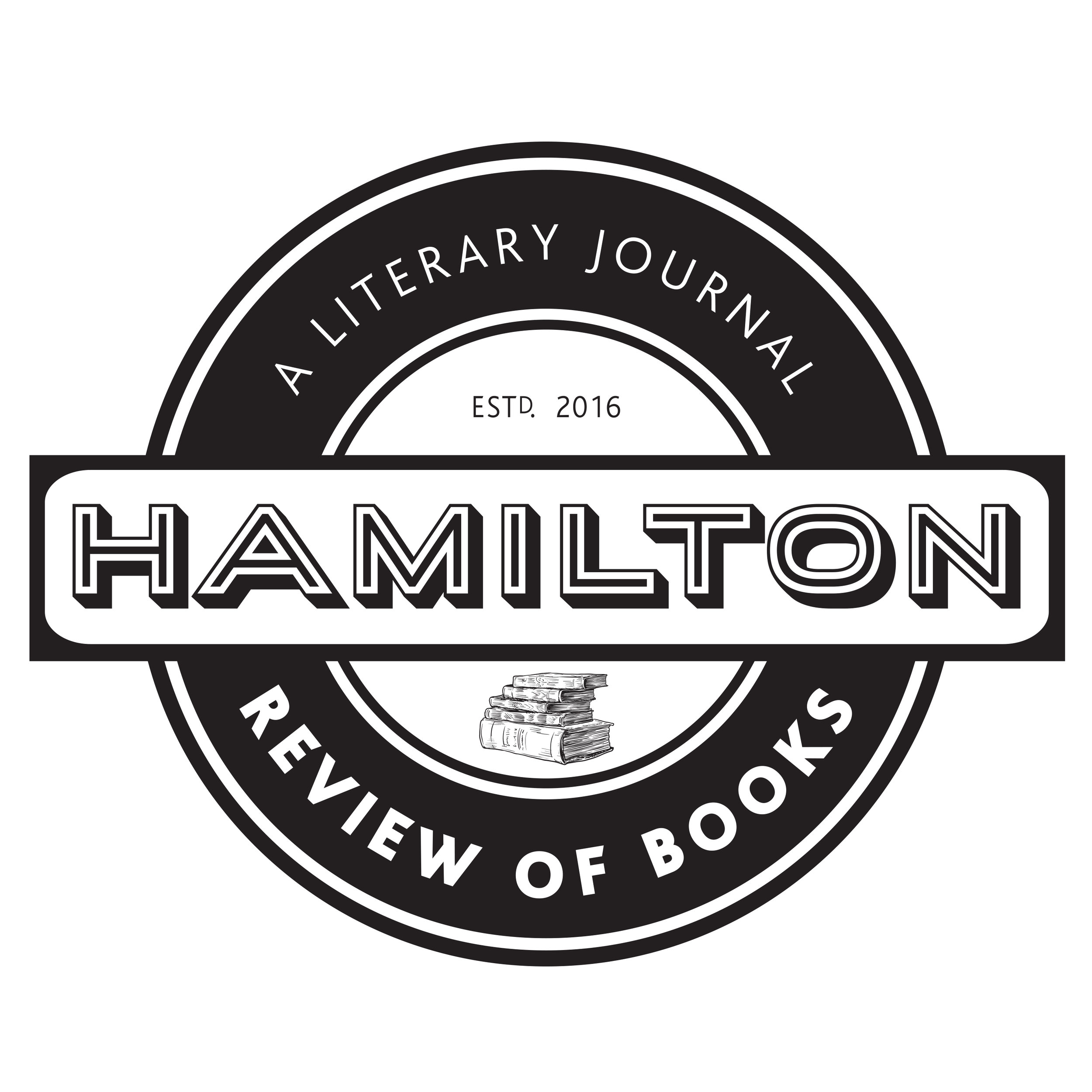Steeltown Redux: Mark Osbaldeston Reviews Paul Weinberg’s Reclaiming Hamilton: Essays from the New Ambitious City
What Matters Now
Reading Reclaiming Hamilton, a new collection of 13 essays about “the New Ambitious City,” you come across a lot of different “re” words used to describe what has been happening for the last couple of decades in a city hard-hit by deindustrialization: “renaissance,” “revival,” and “renewal” among them. But the “re” word of the title — “reclaiming” — is different. It denotes action, results achieved by effort. And in these essays, the action in focus is decidedly not the effort of the powers-that-be. As editor Paul Weinberg writes in his introduction: “Reclaiming is the word we prefer to use in this anthology because it accurately portrays a bottom-up approach by a smaller number of artists, creative people, urbanists and activists in conjunction with like-minded citizens to make Hamilton a more livable place.”
Paul Weinberg, editor. Reclaiming Hamilton: Essays from the New Ambitious City. Wolsak & Wynn. $25.00 300 pp. 978-1-989496-00-8
Weinberg suggests that this new civic activism had its origins in the ultimately unsuccessful fight to halt construction of the Red Hill Valley Parkway in the early 2000s. In a later essay, he tells that story, placing it in the context of Hamilton’s long tradition of pro-car policies. It’s a tradition with considerable power, as we see in “Train Drain,” Ryan McGreal’s essay on the recent efforts to bring light rail transit to Hamilton. In “Dodging Demolition in Renaissance City,” Shawn Selway recounts three different community battles: to prevent the closure of the Hess Street Elementary School; to stop the demolition of Victorian commercial buildings on the south side of Gore Park; and to keep existing family-sized, three-bedroom rental units in the Robert Village apartment complex at John and Hughson streets.
In all these essays, it’s clear where the authors’ sentiments lie on past battles that still have lessons to impart — and (notably in the case of light rail transit) on battles that are still ongoing. This approach to writing about civic affairs is addressed directly in “Bringing Congress Crescent to City Hall,” Joey Coleman’s story of his journey from growing up in group homes and public housing projects (one of which was the east-end Congress Crescent of the title) to becoming a crowdfunded, independent journalist covering municipal politics. In Coleman’s view, there is no such thing as neutrality in journalism, and, as a journalist, he doesn’t pretend to be impartial.
Of course, even if you accept the premise that there are no neutral authors, it doesn’t mean that every story has clear-cut heroes and villains. Even the heralded transformation of James Street North into an arts destination led to charges of community displacement, a tension discussed in “The Challenge of Ethical Development: Sky Dragon and Downtown Gentrification.” In that essay, Kevin MacKay, a founding member of the Sky Dragon Centre, writes about the challenges of creating a self-sustaining community co-operative on King William Street as a means of both community organizing and community economic development. Sky Dragon’s own difficulties in trying to merge those goals plays out against the backdrop of a larger conflict as the surrounding neighbourhood gentrifies. The tension raises the point that any “reclaiming” is necessarily from someone as well as for someone. The issues extend beyond class and economics. In “Making Art in a White Town” Seema Narula writes that many artists of colour in Hamilton feel that success is something best pursued in Toronto, that the scene in Hamilton is dominated by white artists, most of whom are men.
Ultimately, Reclaiming Hamilton is a book about community. From that perspective, Nancy B. Bouchier’s and Ken Cruickshank’s “Look on the Brightside, 1910-present,” an essay about one Hamilton neighbourhood, has an important lesson for the entire city. Brightside was a blue-collar community at the foot of Gage Avenue that was more or less incrementally erased in the postwar era by Stelco’s expansion and the city’s construction of arterial roads. Physically erased, that is. For, as Bouchier and Cruikshank write, Brightside’s former residents have kept the memory and spirit of their neighbourhood alive with bowling leagues, reunions, and an active online community. It’s remarkable, but not surprising: Brightside was a real place — there was a “there” there. And real places exist in the mind as surely as on the ground.
In this way, all Hamiltonians are Brightsiders. Hamilton, like Brightside, lives in the mind. The Hamilton that was an ever-growing industrial powerhouse may no longer exist. But our mental image of Hamilton need not focus only on the way things were, or even on the way things are. As the essayists in Reclaiming Hamilton make clear, a new Hamilton is possible when people make the effort to imagine it — and the effort to achieve it.
Mark Osbaldeston is the author of Unbuilt Hamilton (Dundurn Press, 2016), an illustrated history of the city’s unrealized building, planning, and transportation proposals.


